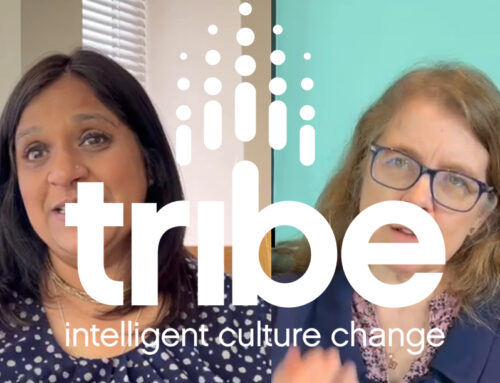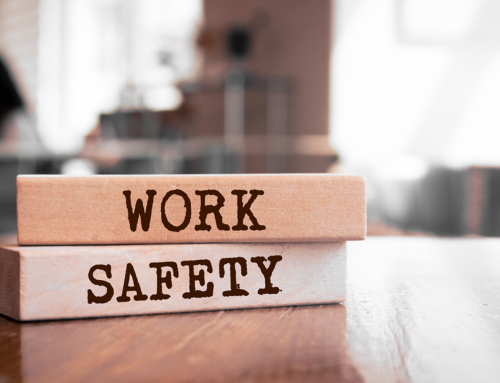How often do you hear this when something goes wrong: “well it was their choice”, “only an idiot would do that” or “if only I could get the staff” or words to that effect?
This suggests that the individual had free will and that accountability lies solely with the individual for what happened, and that had they made the right choice the outcome would have been different.
Of course, blaming or scapegoat individuals fulfils a basic human need – that it’s better to identify a cause rather than to have no cause at all, even if it’s wrong.

Not having a reason for something happening leads to fear, stress, frustration and uncertainty. It’s an uncomfortable realisation that perhaps we don’t fully understand the complexities of the systems in which we operate.
Focusing on the individual is just the route of least resistance – the easy option: hey presto, we have a cause!
Yet errors occur even when everything that should have be done was done.
An alternative, learning-focused culture
Whilst the individual may well be part of the system, to focus on their role in isolation is to miss the point and to misunderstand why errors are made.
To truly understand why something went wrong, you must explore all the other factors that influence people’s behaviour, before the spotlight gets directed at the individual, for example:
- Third party influences – client pressures, patient pressures, pressure from other department.
- Team dynamics – were team numbers correct, were the right skills involved?
- Task – was the individual trained and competent to carry out the task?
- Environment – heat, light, cold, noise, distractions and interruptions
- Equipment – were correct tools available?
- Organisational – perceptions of production targets versus safety
- Regulatory pressures – for example, time constraints in healthcare for moving patients out of A&E
To lay blame at the feet of one person is to say they acted without constraint or coercion, which, as the list above suggests, is high unlikely.
One way to explore and understand why someone made choices which lead to an incident is to involve them in a no-blame, learning focused safety conversation. This helps you understand the steps they took at the time made sense to them (as they surely did).
Remember, people come to work to do their job, not harm themselves or others.





